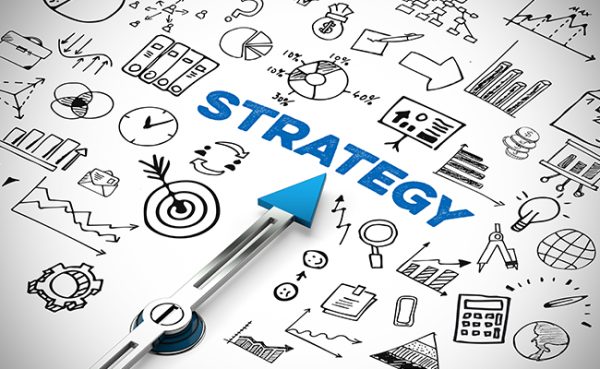Reassess Your Strategic Assumptions
 By Jill J. Johnson
By Jill J. Johnson
Today’s business climate is exceptionally volatile and complex. In this type of uncertain environment, it is essential to reassess the strategic assumptions that are the foundation of your planning efforts. We no longer have the luxury of taking for granted that shifting trends will be easy to see or that customer needs will be stable.
As so many external forces influence the ongoing value of your enterprise, it is more essential to challenge the assumptions of your strategic planning. Moving forward, success requires detailed scrutiny to determine how much risk you really face. This scrutiny also helps you better anticipate the changing needs of your customers.
Assumption flaws
When assessing the assumptions that you use for your decision-making, there are several critical flaws to avoid. These flaws include internal beliefs based on incorrect information or errors in how the assumptions were developed.
Most leaders believe that they already know the critical assumptions that most impact their organization. Typically, if you have worked in your industry for a long time, it is likely you have a strong point of view about how things should be done and your own expectations of what your customers need.
Yet all too often it becomes easy to lock into a belief paradigm that causes you to stop paying attention to what happens in the evolving world around you. Customer expectations change. Budgets and priorities shift. Competitors make aggressive moves. Tactics that previously worked well no longer beget the same response from customers. If this sounds like your situation, it is the time to reassess your assumptions.
Set aside time to fully reassess all your assumptions. This helps you develop strategies that leverage new opportunities offered by changing trends impacting your industry. It also provides new insight to help better anticipate the potential impact of these changes and others you may need to consider.
Stepping back to reassess critical strategic assumptions also affords you an opportunity to identify changes you need to make before new or emerging trends wreak havoc on your financial stability or long-term viability.
A deeper understanding
The prism you use to view the external world creates a bias in how you interpret information and perceive its potential impact. As a result, it becomes easy to minimize changing external forces.
This is especially challenging when dealing with the pressures and responsibilities of your day job. It is easy to lose sight of the external environment around you. You assume that everything is staying the same or will be getting back to normal. Yet after a period of economic volatility, it is essential to consider the true impact of those market changes on your business or organization.
Make sure you have more than just a superficial understanding of the issues at hand. Review your strategic assumptions from outside your own paradigm of perspective to better navigate the complex variables impacting your customers and their decision-making processes. Also, ensuring that your team has a comprehensive understanding of the complex external forces affecting your enterprise helps them be better stewards of the organization’s future.
Operating in a complex economic environment requires a deeper understanding of issues that affect your decision-making. Reassessing your assumptions encourages you to ask hard questions about the market forces influencing your enterprise. It also re-examines your assumptions about customers’ decision criteria and what triggers their purchasing behavior.
Reviewing your assumptions also ensures that you discuss the questions most critical to your future well in advance of their impact on your bottom line. This review requires realistically assessing the influence of these factors on your situation, which provides opportunities to deepen your value to current and prospective customers.
Developing better assumptions
It is imperative to consider how your current assumptions may distort your situation and undermine better long-range decisions. Re-evaluating your assumptions objectively helps identify the shifts you must make to move your decision-making forward in the most effective manner.
Good assumptions are based on accurate information that is continually updated. The most critical factor to rapidly finding clarity is grounded in the quality of the assumptions you use to evaluate your decision options.
We must become even more observant to stay on top of evolving trends. Shifts and changes can fundamentally alter the viability of our assumptions. As a result, we need to continually update our understanding of what impacts the decisions we make.
Good business decision makers willingly assess how changing assumptions benefit their bottom line or create new revenue streams. You have to monitor data to shake out the evolving changes that are not obvious on a macro view. This takes discipline and effort.
Reassessing your assumptions about the future makes you a better strategic thinker and provides deeper insight into how marketplace needs are likely to change. Encourage trusted advisors and key employees to help you challenge the assumptions you currently use in your organization for decision-making. Be on the lookout for emerging trends and how they might affect your enterprise. Emerging concerns or challenges on the horizon can affect your decision-making approaches. It is always safe to assume that something is going to change.
Jill J. Johnson, president and founder of Johnson Consulting Services, is a management consultant and author of “Compounding Your Confidence.” She helps clients make critical business decisions and develop market-based strategic plans. For more information, visit www.jcs-usa.com.







